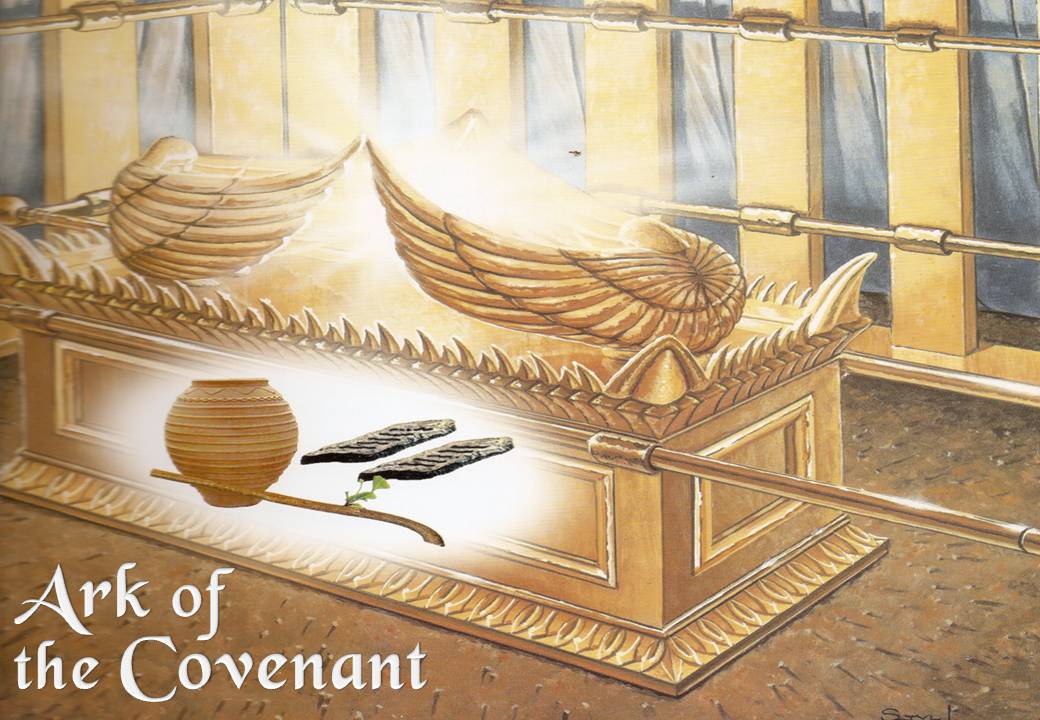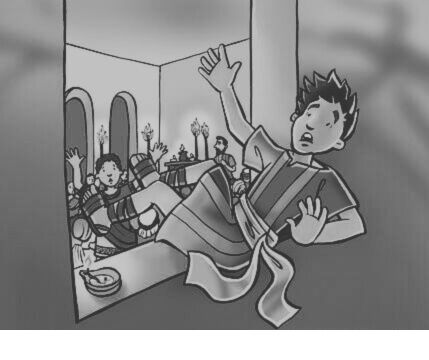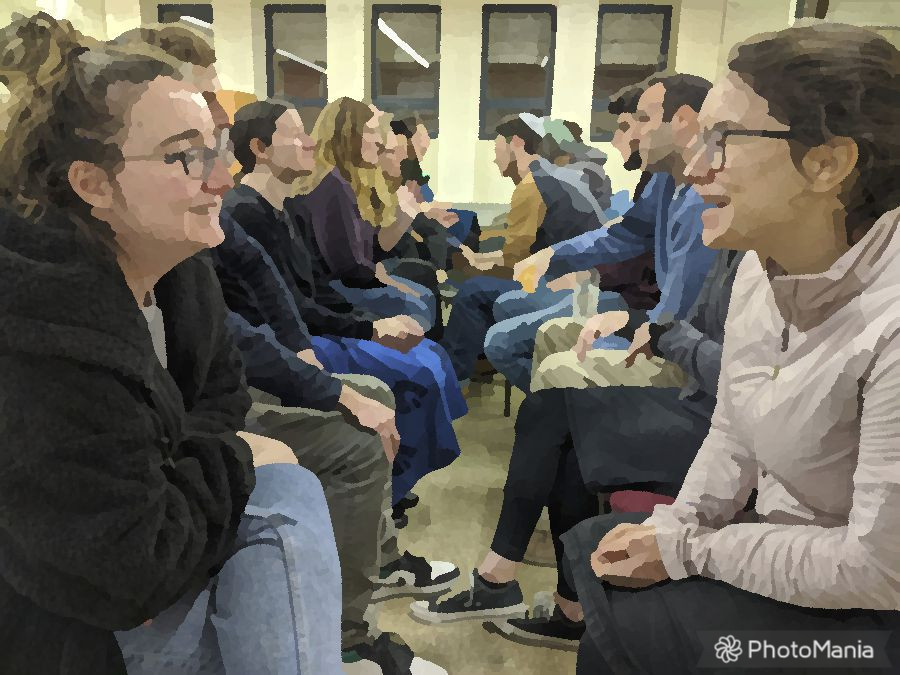Yom Kippur, written in Hebrew as יום כיפור, translates to “Day of Atonement” in English. In 2025, it will be observed from the evening of Wednesday, October 1, to the evening of Thursday, October 2, corresponding to the 10th day of the Hebrew month of Tishrei. Jewish holidays begin at sunset, following the biblical pattern described in Genesis 1:5: “And there was evening, and there was morning—the first day.”
Yom Kippur is the one day each year when the High Priest entered the Most Holy Place in the Temple to make atonement for the people of Israel. The Most Holy Place, separated from the Holy Place by a thick veil, housed the Ark of the Covenant.
Atonement is a key theological concept, alongside terms like justification, propitiation, redemption, and sanctification. While Christians often use these terms, their meanings can be unclear. Yom Kippur provides a vivid illustration of atonement’s significance.
The Hebrew root kpr, meaning “to cover,” is the basis for kapporet, the word for the Ark of the Covenant’s covering. Scripture states that God dwelt between the cherubim above the kapporet. Inside the Ark were the manna, Aaron’s rod that budded, and the tablets of the Law (Leviticus 16). On Yom Kippur, the High Priest, Aaron, entered the Most Holy Place with sacrificial blood, which he sprinkled on the kapporet.
God, in His perfect holiness, cannot tolerate sin in His presence. When He looked down through the kapporet, He saw the tablets of the perfect, holy Law. Without the blood, Aaron—a sinful, imperfect man—would have been struck dead. However, the blood of the sacrifice covered Aaron’s sins and those of the nation of Israel, allowing him to stand in God’s presence. This act of covering sin embodies the essence of atonement.
The kapporet, often translated as “Mercy Seat” in English, derives its name from this sacred day.
When Jesus died, the veil separating the Holy Place from the Most Holy Place was torn in two from top to bottom (Matthew 27:51). According to Jewish historian Alfred Edersheim, the veil was 40 cubits (60 feet) long, 20 cubits (30 feet) wide, and as thick as the palm of a hand, woven from 72 squares joined together. It was so heavy that, in the exaggerated language of the time, it reportedly required 300 priests to move it. Such a veil could not have been torn by a mere earthquake or structural failure, as its construction might suggest. This was a divine miracle, signifying that Jesus’ death opened the way for humanity to enter God’s presence. His blood, far more precious than the annual temple sacrifices, provided an eternal, once-for-all atonement. Yom Kippur thus serves as a powerful foreshadowing of Christ’s eternal sacrifice.
Source: Edersheim, The Life and Times of Jesus the Messiah
© 2025 B Arnold Stein





